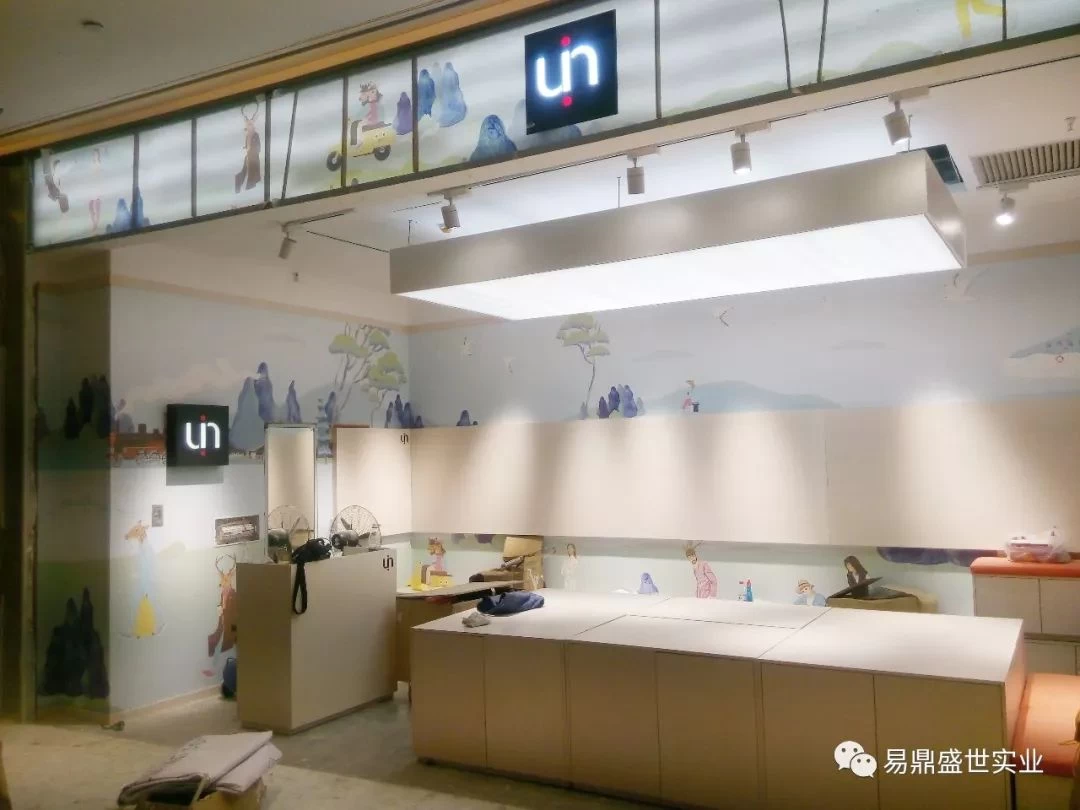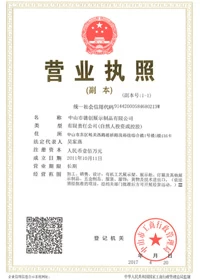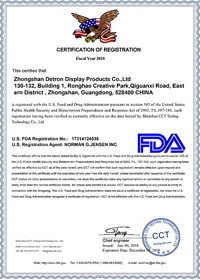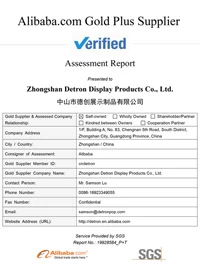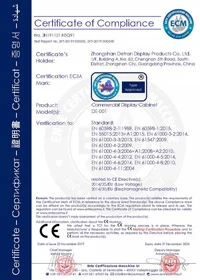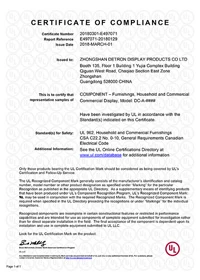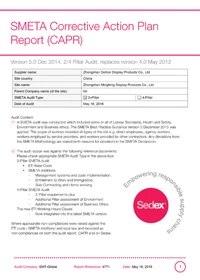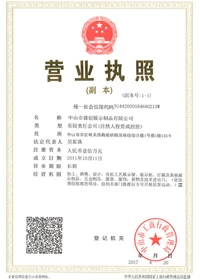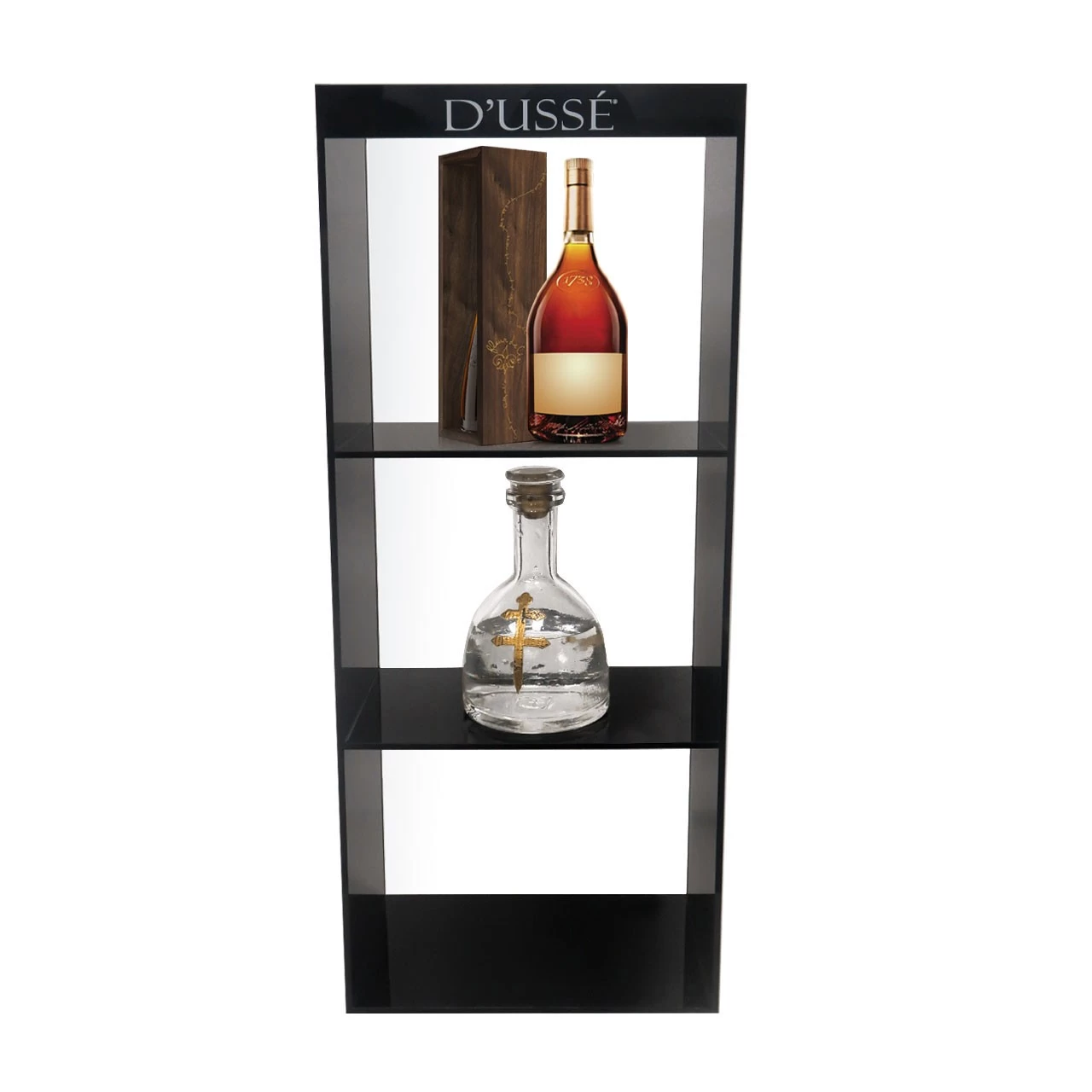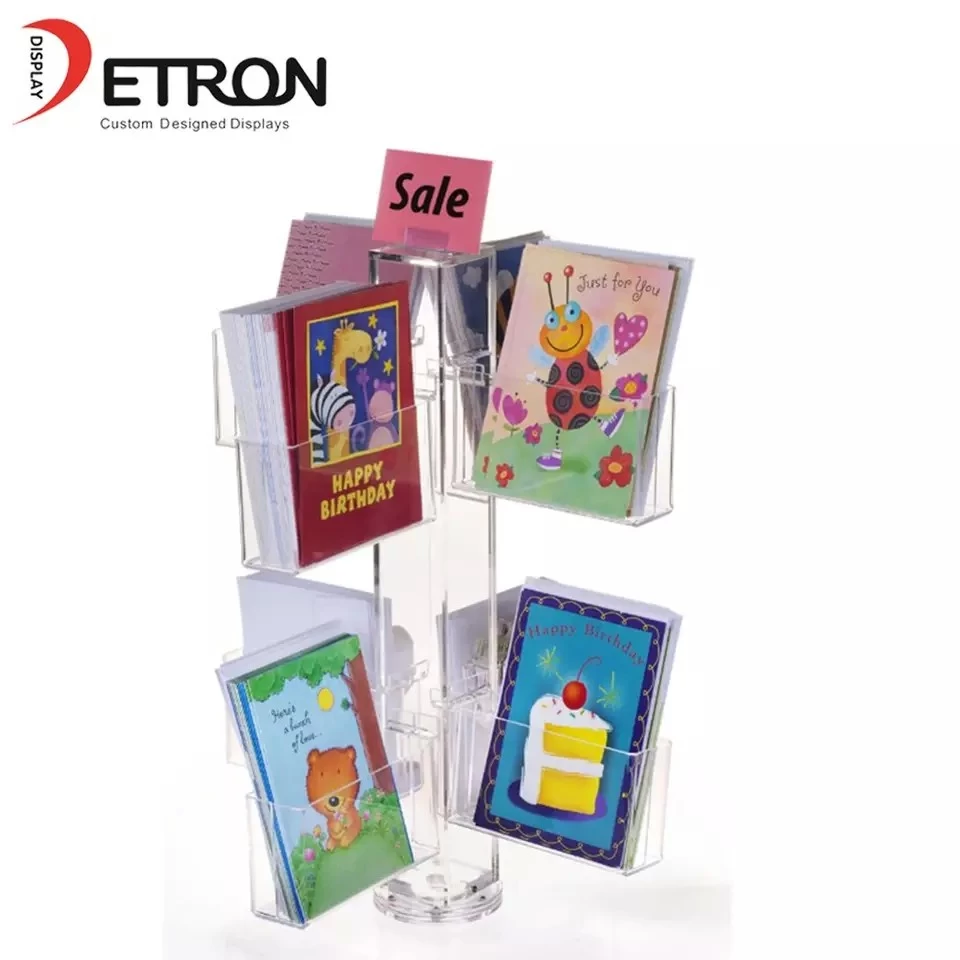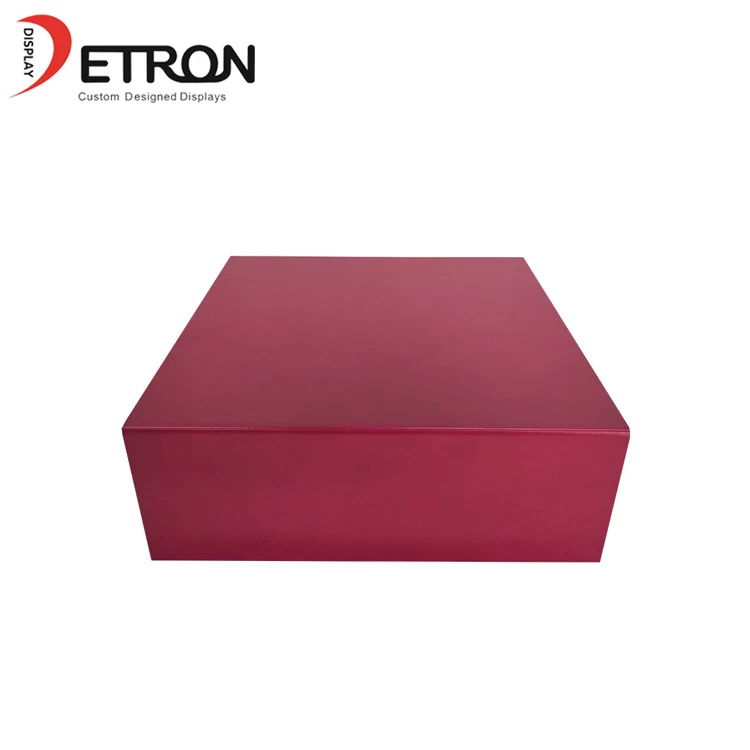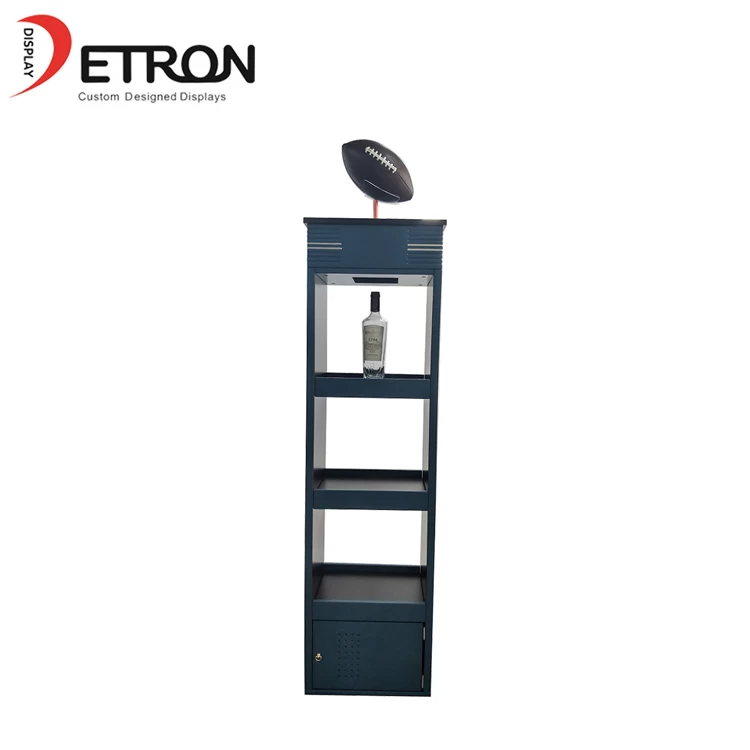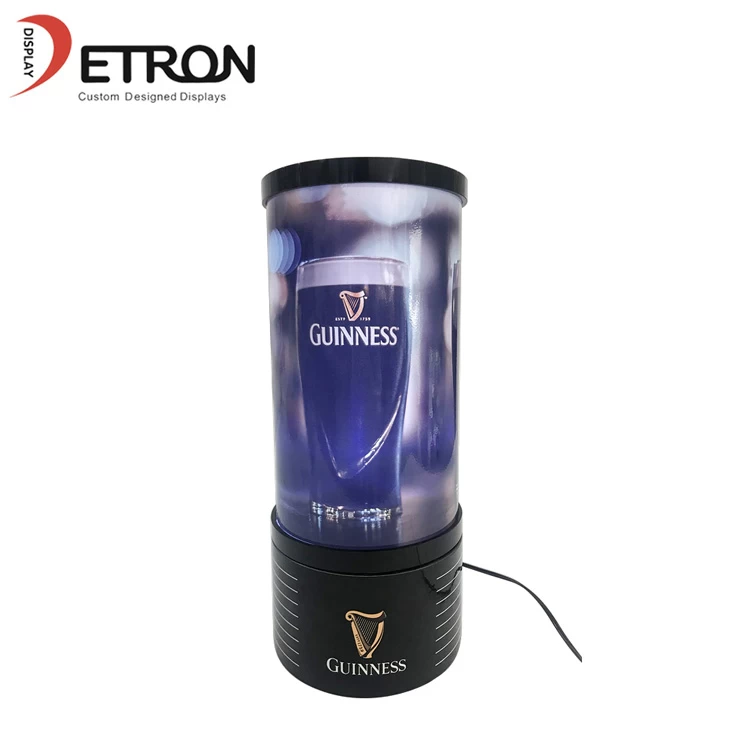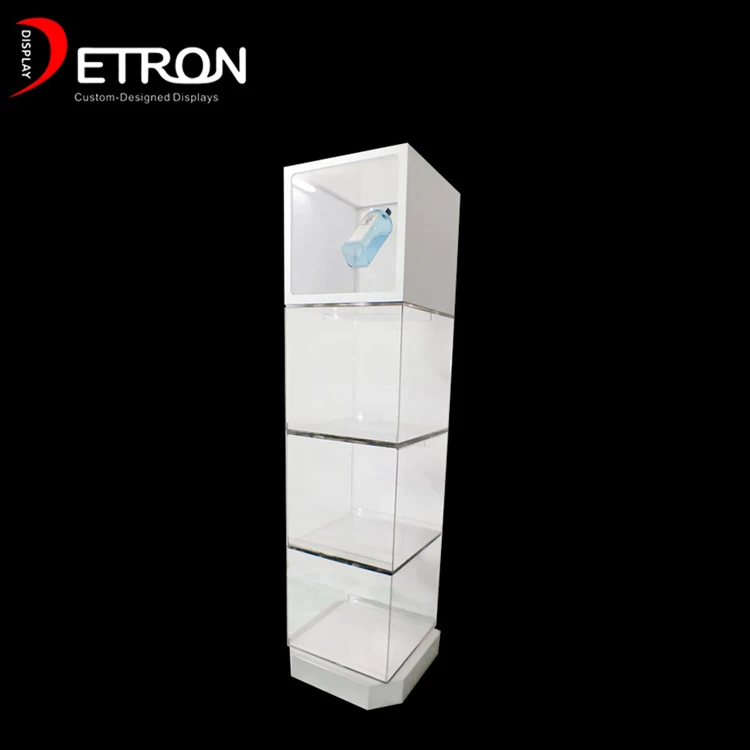Commercial space display design
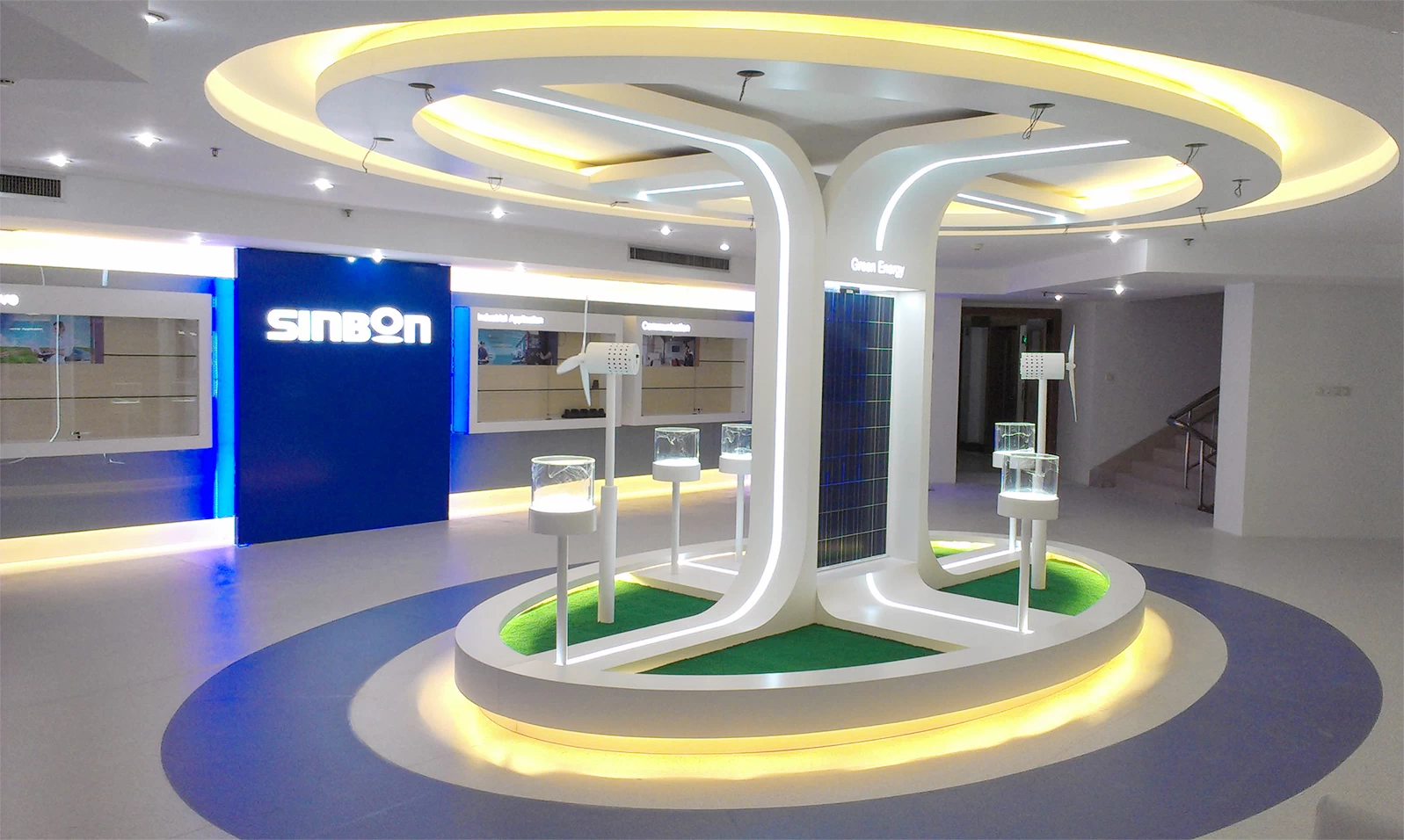
(1) Store window design
The shop window is not only an integral part of the overall design of the façade, but also the first exhibition hall and "eye" of the store, often based on the goods sold by the business, with clever use of sets, props, background decoration as a background, with the appropriate lighting, color and text description.
(2) Exhibit design
Counter shelves, landscape sketches and shoe changing seats placed in the commercial environment of the store, we call it the "props" of the commercial environment, these "props" not only have the function of displaying and displaying goods, but also beautify the commercial space environment and enhance the function of commercial themes.
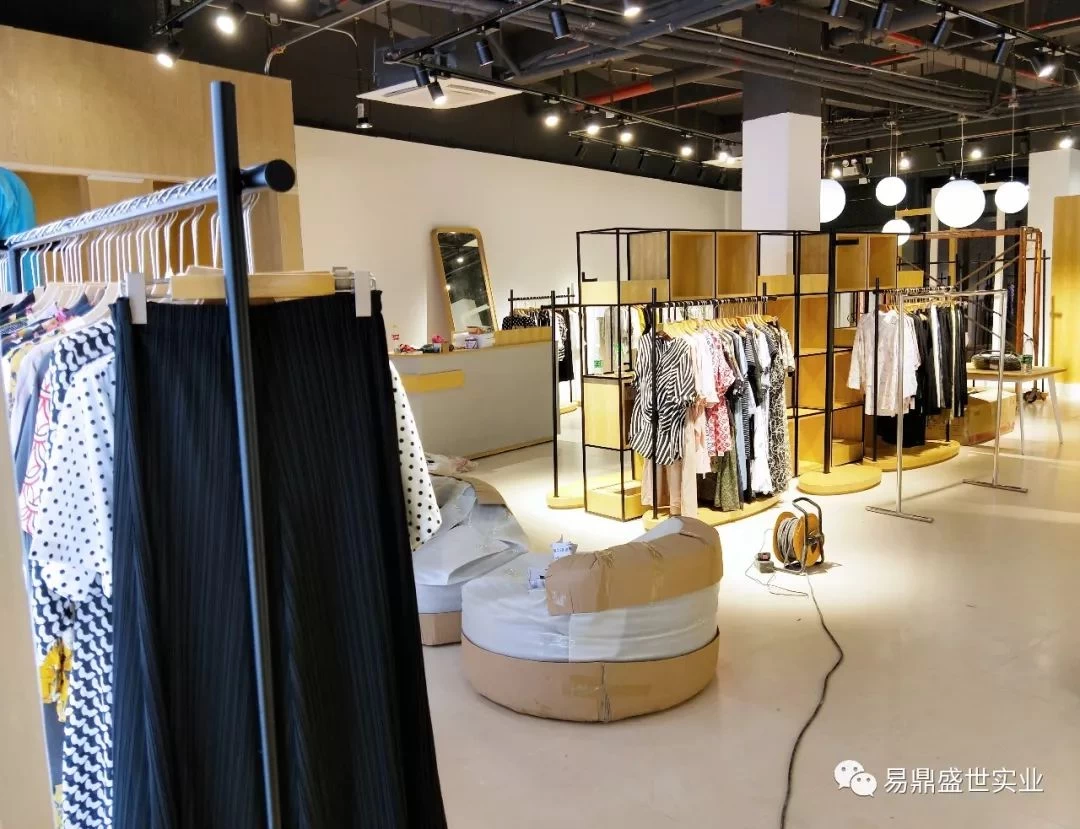
(1) Center display
The center display method is a display method that focuses on the center of the entire display space. Put some important, large-scale goods on the display center position to highlight the display, and other minor small items around it to assist in displaying.
The central display method is characterized by a prominent theme, concise and clear. Generally, there is no central display shelf at the entrance, middle or bottom of the shop, but a special exhibition stand. It allows customers to view the goods on display from four directions. The display equipment of the island display should not be too high, too high will affect the spatial vision of the entire store, and will also affect the perspective of customers on the island display from four directions.
(2) Unit display
Unit display refers to the same goods, decorations, POP and other display subjects or logos, advertisements, etc., repeated in a certain range or different display surfaces, through repeated emphasis and suggestive means, to strengthen the customer's visual feeling of clothing products or brands. The characteristic of the unit display method is to make the customer subjected to repeated visual impact, so as to be strengthened many times in the feeling and impression, and has the implied effect of "the product is the only choice", which can make the customer leave a very deep impression.
(3) Close-up display
Close-up display refers to highlighting the functions and characteristics of the product, or using advertising, props and mobile landscaping means, emphasizing the target customers of the product, so that the display and publicity have a clear goal, and can strengthen the communication with customers, help to improve the attractiveness of the product, stimulate the customer's desire to buy. The features of the close-up display method are clear goals, prominent themes, strong landmarks, and concentrated influence, so that customers have a sense of belonging and intimacy.
(4) Open display
Open display is to put the goods in a place where the customer can touch it, so that the customer can participate in it, and the product can be directly touched. The open display method is characterized by strong authenticity and high timeliness. It is a modern form of counterless selling that combines display and sales. All the goods are hung or placed on the shelves and counters, and customers can freely choose without repeated inquiries. This method is not only convenient for customers, making them feel natural and casual, but also easy to stimulate customers' purchase interest.
(5) Comprehensive display
Comprehensive display is to display some goods that have the same function and usage method together. The comprehensive display method is characterized by a complete variety and a large space for selection. The comprehensive display of goods, ornaments, backgrounds and lights and other scenes together constitute different seasons, different living spaces, different natural environments and different artistic moods, giving people a strong sense of life. Pay attention to the embodiment of the sense of reality and the creation of mood and atmosphere, and emphasize artistry and innovation, so that people can get inspiration and aesthetic enjoyment, but also have a sense of immersion. At the same time, the space should be able to vividly and vividly explain the use and characteristics of clothing products, so as to guide customers to shop.
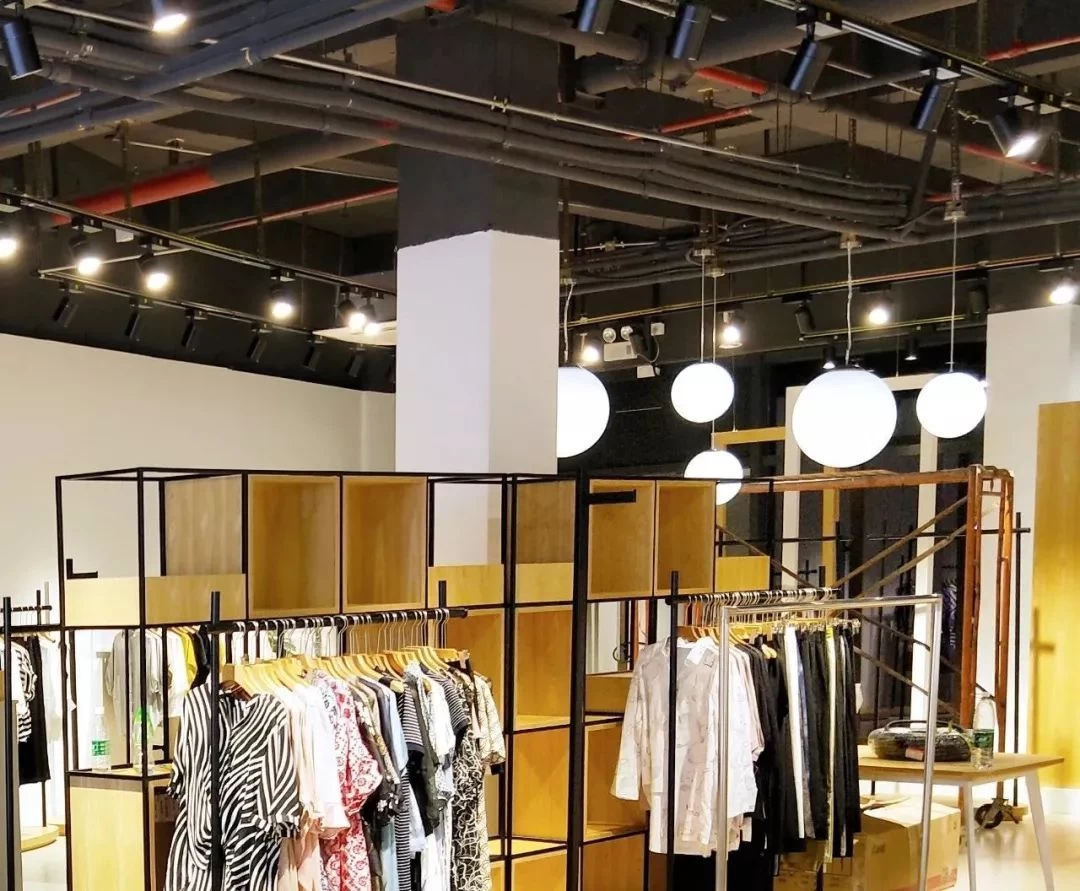
(1) Basic lighting
The basic lighting is mainly to extend the light in the overall store, while maintaining a uniform color in the store, so as to ensure the basic lighting in the store.
(2) Accent lighting
For the main brand, the application of key lighting is very important. Key lighting can not only make the product form a three-dimensional feeling, but also the strong contrast of light and shadow is also conducive to highlighting the characteristics of the product.
(3) Auxiliary lighting
The main role of auxiliary lighting is to highlight the color level in the store, render the colorful atmosphere and visual effects, and auxiliarily enhance the attractiveness and appeal of the product. In addition to artificial light sources, natural light that changes over time, the quality of light mapped on the surface of the commodity, the quality of the light emitted from the surface of the object, the apparent hue of the light itself, and the reproduction rate of color are also very important. Therefore, only after the system takes into account the various effects produced by the light, the various light sources are adjusted and applied, so as to ensure that the light always renders the atmosphere of the store, highlights the display of goods, and enhances the display effect.
